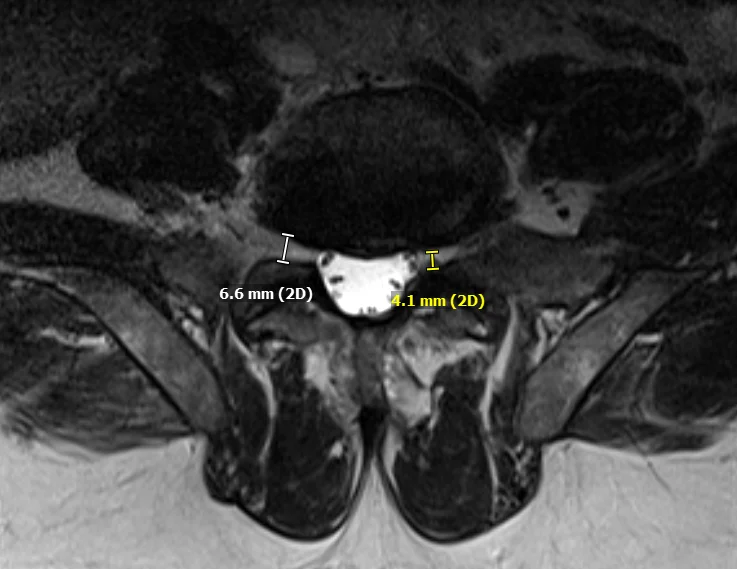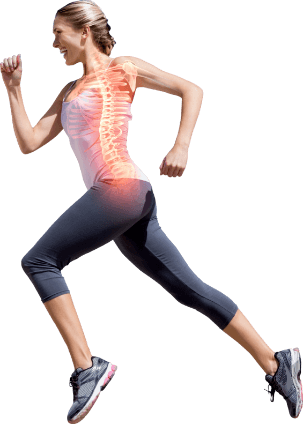Spinal Stenosis

Spinal stenosis is a condition that occurs when the spinal canal becomes narrow, placing pressure on the spinal cord and nerves. It is a common cause of lower back pain and neck pain.
Symptoms of Lower Back Stenosis
Symptoms of stenosis can vary from person to person. They can generally include:
- Lower back pain
- Tingling and numbness
- Muscle spasm
- Weakness in the legs
Fortunately, physiotherapy can be an effective treatment option for those experiencing spinal stenosis. Physiotherapy can help to alleviate pain, improve mobility, and prevent further compression of the spinal cord and nerves.
Stenosis Physio
One of the main benefits of physiotherapy for spinal stenosis is that it can help to improve the flexibility and strength of the muscles that support the spine. This can help to alleviate pain and improve mobility by reducing the pressure on the affected nerves.
Another benefit of physiotherapy is that it can help to prevent further compression of the spinal cord and nerves by promoting healthy movement patterns. Physiotherapists will work with patients to develop an exercise program that helps to improve posture, core strength, and overall fitness. This can help to reduce the risk of further compression and improve the patient's overall quality of life.
In addition to exercises, physiotherapists may also use a variety of other techniques to help alleviate pain and improve mobility. These may include manual therapy, such as mobilization and manipulation of the spine, and the use of heat or cold therapy.
Another important aspect of physiotherapy for spinal stenosis is patient education. Physiotherapists will educate the patient about their condition, how to manage their symptoms, and how to prevent future exacerbations.
Overall, physiotherapy can be a highly effective treatment option for those experiencing spinal stenosis. By improving flexibility, strength, and overall fitness, physiotherapy can help to alleviate pain, improve mobility, and prevent further compression of the spinal cord and nerves. It is also important to work with the patient in a holistic approach, addressing not only the physical symptoms but also the psychological and social impact of the condition.
Author
Mr Abdul Abdirahman
Physiotherapist
Moonee Ponds, Essendon, Brunswick and Ascot Vale








